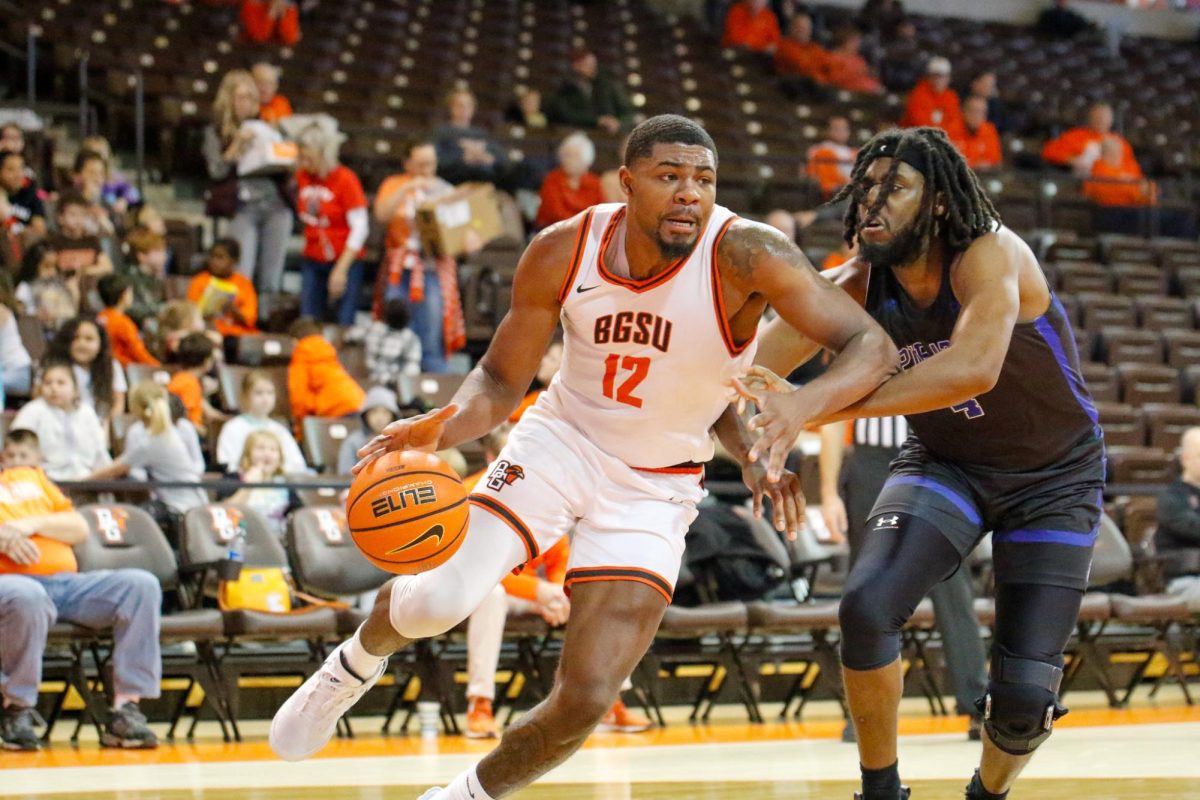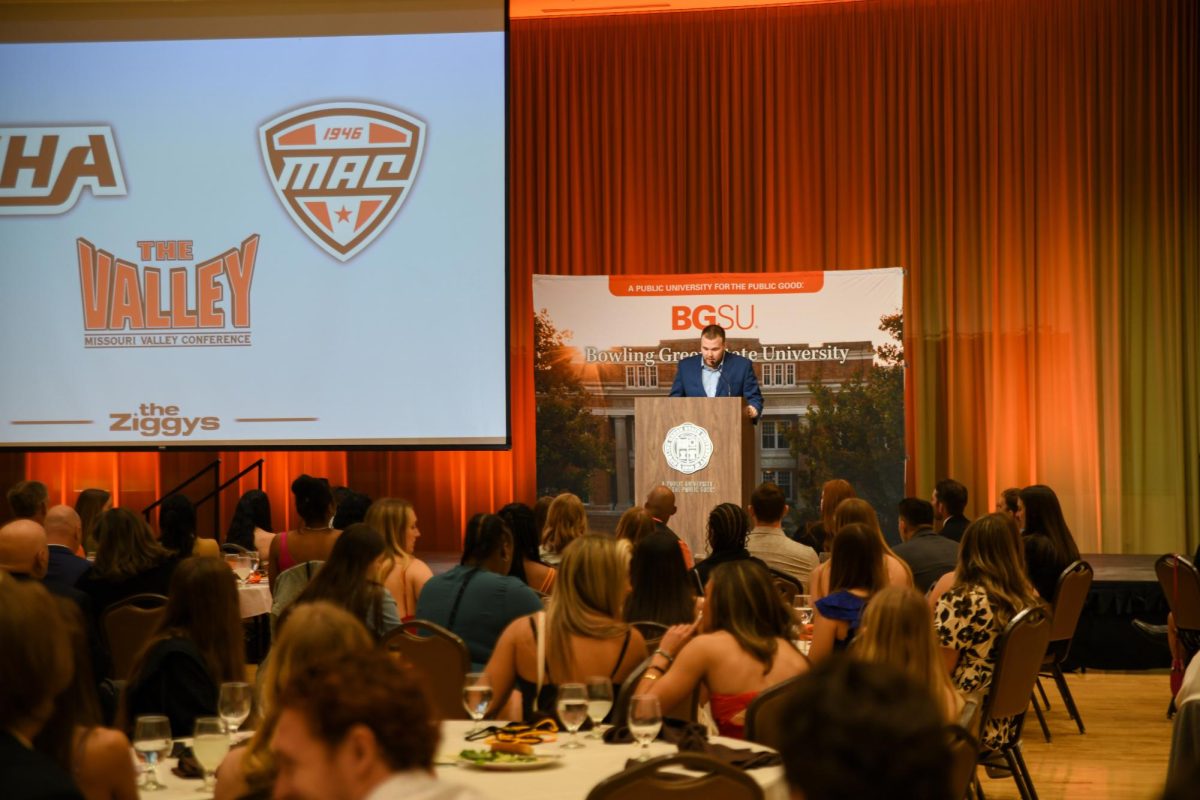On Feb. 10, 1855, Dr. J. Marion Sims founded Woman’s Hospital in New York City, the first hospital specifically for the treatment of women’s diseases. Sims was later called the “father of modern gynecology,” but his reputation was built on the experimental surgery he performed on slave and immigrant women.
Sims began specializing in female disorders in his Mt. Meigs, Ala., practice. In 1845, Sims examined three slaves named Anarcha, Betsey and Lucy, and discovered that each slave had developed a tear in the tissue between the vagina and the bladder.
The painful condition, called vesico-vaginal fistula, was caused by prolonged childbirth, and characterized by the constant drip of urine into the vagina, according to Deborah McGregor in “From Midwives to Medicine: The Birth of American Gynecology.” At the time, the condition was believed to be incurable, but Sims worked out a deal with the slave owners.
“If you will give me Anarcha and Betsey for experiment, I agree to perform no experiment or operation on them to endanger their lives, and will not charge a cent for keeping them, but you must pay their taxes and clothe them. I will keep them at my own expense,” Sims wrote in his autobiography “Story of my Life.”
Sims experimented on the slaves over a four-year-period before he was able to effectively suture the tear and cure the condition. On Anarcha alone, Sims performed over 30 operations without the use of anesthesia.
When Sims began his experimentation in 1845, anesthesia had not yet been discovered. However, by the late 1840s, “both nitrous oxide and ether were well-known and widely available,” according to William Rothstein in “American Physicians in the 19th Century: From Sects to Science.” And yet, Sims continued to operate without sedating his patients.
“The surgery was not painful enough to justify the trouble and risk [of anesthesia],” Sims wrote in 1852 in the “American Journal of the Medical Sciences.” Sims found the surgeries difficult when the patients squirmed with resistance and sobbed with pain, according to McGregor in her book “Sexual Surgeries.”
With southern racial prejudice at that time, a common belief was that blacks had a high tolerance for pain. In 1849, Sims operated on white women suffering from vesico-vaginal fistula, and he recorded in his journal that they could not endure the pain of the operation without anesthesia.
Sims’ cure for fistulas was not found by perfecting his surgical technique, but rather in his discovery of a new suture wire. Silk and catgut were the suture materials used in that time period, which had a tendency to absorb bodily fluid and cause inflammation and promote infection.
One day Sims found a fine brass wire used in making pant suspenders, and he hired his jeweler to fashion a silver wire the same size. With the use of the new suture material, the patients were cured, and Sims became famous for the effective procedure.
Sims went on to become the chief consulting surgeon in the women’s hospital he founded in New York, and he later became the president of the American Medical Association.
After his death, statues were displayed in New York and Alabama with inscriptions that applauded his accomplishments. They named Sims the father of gynecology science and a blessing and benefactor to women.

















